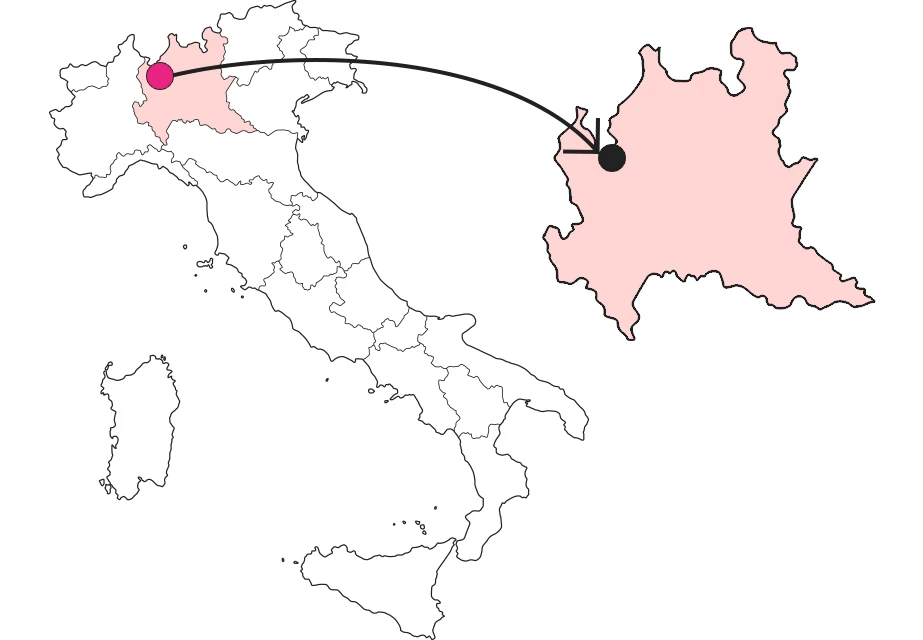SHARRYLAND


Eugenio Spreafico in Magreglio
The connection between man and landscape told in the paintings scattered through the streets of the village



Where is

The painter and the village
Eugenio Spreafico was a cantor of Brianza, a minstrel of the rural world who imprinted on canvas the life of the rural civilization of the 1800s in contrast to the advent of industrialization. In Magreglio he found his buen retiro to immerse himself in nature. It was here that the harsh and simple reality of the mountains entered his works, giving them increasingly verist traits of representing social instances. To celebrate his production, a path through the streets of the village of Magreglio was named after him, almost an open-air museum composed of reproductions of his paintings, represented on illustrative panels complete with image reading. The beauty of this path lies in the possibility of comparing the painter's vision with the places that inspired him.
Emotions from the Eugenio Spreafico route.
Thus we start from the Church Square with the painting "From Work" made in 1895, depicting a group of young women at the end of a working day in the fields, returning home. At a time when social debate about the conditions of workers had begun, and dedicated associations were emerging, Spreafico paints two women advancing through a countryside bathed in the golden light of sunset. For them that is the end of a day, but the painter wishes them to advance toward a better future.
From here on, as we walk through the streets of the village, Spreafico's works capture our attention, and the Magreglio we pass through fades little by little into that of the late 19th century through the characters and atmospheres reproduced by the painter: "The Goose Keeper" in Via Verri, "The Drawing Ca' del Taj" in Via Milano and "Castano a Magreglio" in Via Castagneti speak of the relationship between the farmers and the animals they raised. Work in the fields is also carefully explored: "Stopping in the Fields" on Castagneti Street and "After Work" on San Primo Street show moments of daily work. One detail to pay attention to: in both cases the subjects portrayed are women, as if to also reiterate their central role in daily life and the changes taking place.
 Stopping in the fields
Stopping in the fieldsSadder notes are expressed by two works with very distant colors: "I Calderai," on Cavour Street, are men toiling in the snow that holds them in its white embrace. Arriving on Piano Rancio Street, however, one encounters a work where the black of mourning prevails: "Grief."
Another interesting comparison involves "Self-Portrait" between Via San Primo and Via Adua, and "Return to School" in Via Piave: the image Spreafico has left us of himself, a stranger who has arrived in this small village, contrasts with that of the children who, accustomed to the difficulties of mountain life, face the snow on their way back from their school desks.
And, finally, what would the mountains be without its landscapes? "Lake Como in Magreglio," "View from Magreglio," and "Landscape" give a privileged view of the panoramas that greeted the gaze of visitors more than a century ago.
After following this path through the streets of Magreglio, it comes natural to stop for a moment and think about the extraordinary power of art: these paintings are not just beautiful representations, they are windows open to a distant time that allow us, for a few moments, to feel part of that now distant world.
Enter the Map of Italy's Undiscovered Wonders and find treasures where you least expect it... Inspire, Recommend, Share...
Collections
The Map thanks:
Enter the Map of Italy's Undiscovered Wonders and find treasures where you least expect it... Inspire, Recommend, Share...
Where is

Collections


